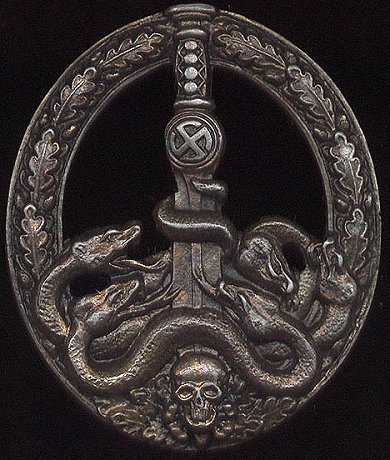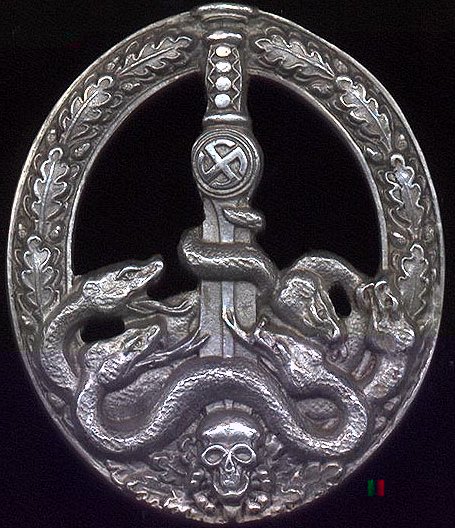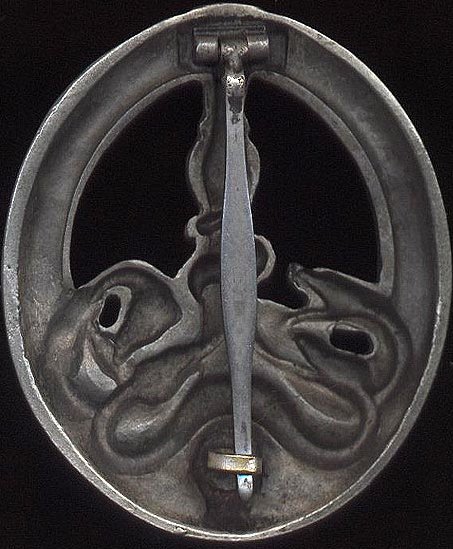
By Jacques Calero and Sebastián Bianchi
As early as 1941 and right up until the end of the war, partisans carried out guerrilla operations behind the operational lines of the Wehrmacht. In their efforts to check these insurrectionary groups,German armed forces faced a new form of combat - one fought against irregular troops that attacked rear areas and logistics lines and then retreated into forests or mixed in with the civilian population. Although they depended on them, the Partisans were very often ruthless against their own people, stealing from them in order to survive. Add to this the fact that the native population often suffered retributions at the hands of the Germans for the acts of these fighting civilians, and very people the partisans were supposed to be fighting to liberate habitually turned against them.
All combat theatres experienced this type of fighting to some degree, from the the Soviet Union, Balkan and Adriatic coast to Italy and France. Virtually all branches of the German Armed Forces were utilized in controlling this form of terrorism. Anti-partisan warfare was not only entrusted to the to the Army, security troops (Sipo, SD), Feldgendarmerie and Police units, but also to the Waffen SS (Karstjäger, SS polizei regiment), Luftwaffe, and even Kriegsmarine coastal troops.
Initially, overall control of Anti-Partisan forces rested with the Army, but in October 1942 command was handed over to the Waffen SS. In June 1943, the SS Obergruppenführer und General der Polizei von dem Bach-Zelewski was named chief of the anti-partisan warfare. In February 1944, Hight SS Polizei Chiefs (H.SS.P.F) were placed in each military country (Eastern front, Italia and Balkan,) in order to represent the authority of Heinrich Himmler.
Battles against partisans were particularly fierce and few prisoners were ever taken. The German men that fought the partisans regarded them as little more than bandits and criminals (they were called “Banden”), but knew that some were well organized. They also knew that when engaged, the partisans put up a bitter fight because they had nothing to lose. If captured, they would most likely be shot or hanged as traders and saboteurs, and they knew this.
In order to recognize the difficult task of the German Forces fighting these armed gangs, and the courage displayed in doing so, the Anti-Partisans badge was instituted on January 30, 1944 by Adolf Hitler. Three classes existed; Bronze, Silver, and Gold for respectively 20, 50 and 100 combat days.


Above is Partisan Badge in Bronze, below in Silver


Photo Credit - MMiller
Manufacturing and Technical Information
The badge was composed of a skull and crossed bones surmounted by a sword, with five heads of the Hydra (whose tail is seen wriggling down the blade), an ancient Greek Mythological snake-like creature. The terrifying sea-living Hydra was characterized by the fact that even though one head was cut off, a new one would grow in its place - just like the omnipresent partisan groups. The sword has a swastika sun wheel and it is surrounded by an oak leaves wreath. It was manufactured in zinc and two main types were manufactured; solid and semi hollow. Variants of the semi hollow type exist, with large or thin pin, different catch system, and with or without silhouetted heads of the snakes.
Presentation, Wear, Documents
The badge was delivered in a dark green box with burgundy velvet lid and white satin top. It was to be worn on the upper left pocket, below the EK1.
An award document was presented with the badge (several variants exist), and the pertinent information was entered in the individual documents.
It is worth noting that few pictures are known showing this badge worn. According to veterans, it was not really appreciated by the soldiers, and its wear and entry in the Soldbuch could cost them life at the end of the war when captured.

A captured Anti-Partisan badge recipient walks down a road
somewhere in Italy, 1945
Award Criteria
Heinrich Himmler was in charge of the conditions of attribution. Ground combat personnel needed to accumulate 20 combat days for a Bronze medal, 50 combat days for Silver and 100 for Gold. Luftwaffe personnel required respectively 30, 75, and 150 operational flights in connection with an anti-partisan action. An operational flight was any sortie flown in support of anti partisan operations. If the aircraft was shot down by partisans, the sortie counted as three. A special grade, in gold with diamonds, manufactured by C.E. Juncker, also existed but was never presented. Heinrich Himmler reserved the right to award himself the gold badge.
![]()
© Copyright Wehrmacht-Awards.com LLC |